Forest Bathing Like in Japan | Shinrin Yoku
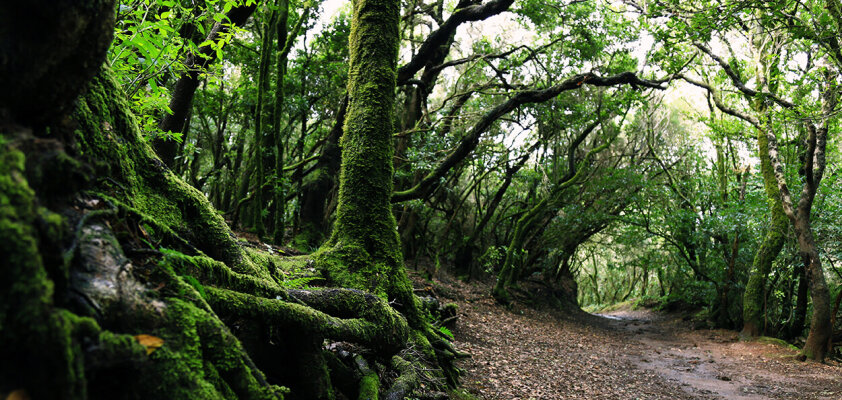
Reconnect with nature, recover, and recharge your health. During forest bathing, you don't immerse yourself in water but in the breeze between the tree trunks, the clear scented air, and the rustling of protective canopies. We introduce you to this phenomenon from Japan and explain how you can practice forest bathing yourself.
A Japanese wellness trend
Since the 1980s, the Japanese have been familiar with the healing practice of forest bathing, known as Shinrin Yoku. The term was coined by the Ministry of Agriculture, Forestry, and Fisheries. However, a connection to nature has always been an essential part of Japanese culture and is by no means a new trend there. It's no wonder that residents of bustling metropolises like Tokyo needed a way to escape the crowds, noise, and stress.
Japanese nature, with its diversity, is perfectly suited for this purpose. Bamboo forests, alpine pine forests, subtropical island forests, and vast national parks invite visitors to extensive hikes. Some cities in Japan are known as locations for forest medicine. They offer guided tours and sometimes even hot springs, all without leaving the vicinity of Tokyo.
As a form of nature therapy, Shinrin Yoku can, among other things, counteract illnesses and even slow down aging. Thanks to all its positive effects, this type of forest walk has made its way into cultures worldwide. Germany, with around one-third forest cover, offers plenty of opportunities to embrace a connection to nature. It's no coincidence that the forest plays such a significant role in many cultures around the world. Its mystical allure and magical effects have long been ingrained in us—now with a scientific foundation.
Forest bathing or walking - what's the difference?
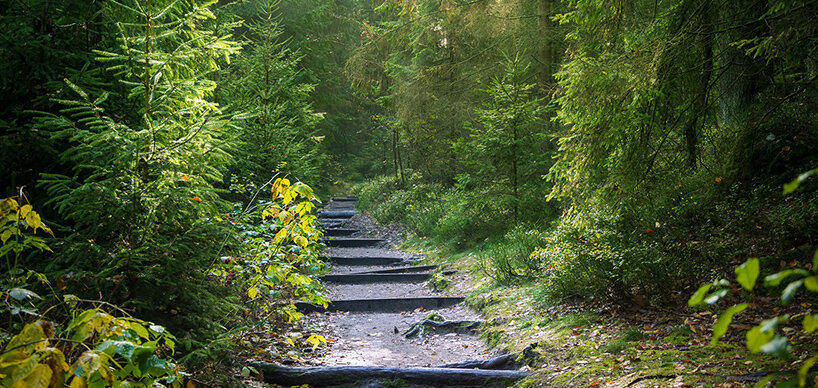
Forest bathing is a bit like a forest walk or a hike, but with the additional component of mindfulness. Japanese Shinrin Yoku Guide Tsuyoshi Masuzawa explains: "Forest bathing is feeling nature. If you walk quickly, you can't feel anything." All senses should be engaged: how does the forest smell, how does the ground feel, what color is the tree bark, which birds call between the branches? Hearing the nuances of silence, inhaling the fresh air deeply, and perceiving all the details - that's what forest bathing is about.
Why is spending time in the forest actually so healthy? Everyone knows that it is quieter and cooler in the forest than elsewhere. Additionally, the humidity is much higher because trees can evaporate a massive amount of water. The oxygen content is extremely high - which pleases our red blood cells and strengthens the immune system. However, forest air not only contains a lot of oxygen and water but also fragrant essential oils and so-called terpenes: substances that trees produce to warn their fellow species about pests and diseases. As a protective measure, other trees activate their own immune system.
Interestingly, in Japan, the - now globally leading - forest medicine expert Qing Li found in a study that this works not only with trees but also with humans. Since then, we know that the human body reacts similarly to plant signals as the trees themselves: more natural killer cells are produced, which fight diseases, our blood pressure and heart rate decrease, and there is less of the stress hormone adrenaline in our bodies.
Not only the body but also the mind benefits from such a "bath." Some relax, get other thoughts, and sleep better; others take a lot of energy and new ideas home. The reason for this lies in the brain. In the forest, its calmer part, the parasympathetic nervous system, is activated. This ensures recovery, is responsible for circulation and metabolism, and ensures that we can regenerate. Not to mention the happiness hormone dopamine, which is released in this environment. An all-around positive experience.
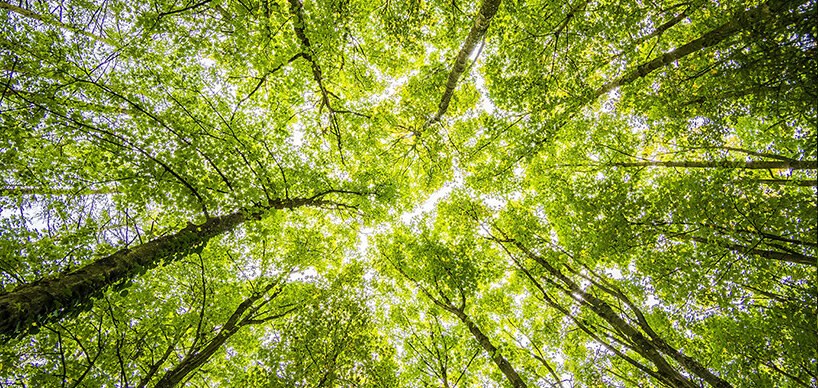
How to learn forest bathing
Nowadays, there are also courses and seminars in Germany where you can forest bathe in a group and under guidance. An experienced guide can teach you about the positive effects of individual plants, what hides under the leaf pile, and what from the forest you can even eat. They also know Shinrin Yoku exercises that can help you effectively find inner peace and recharge. These include breathing techniques and meditation sessions, even yoga or tai chi among the trees, a picnic, or an art class.
However, everyone can try it alone. All you need is your local forest and some time. With these tips, you can get the most out of your forest bath:
- Anything goes, nothing is mandatory. It's about being open to everything you experience - or don't experience. Each person has their individual forest bathing experience.
- Bring as little as possible. Leave all technical devices at home if possible and rely on your senses.
- Find an undisturbed place that is comfortable for you and where you can linger and wander around.
- Focus on all your senses. Consciously perceive what you see, hear, smell, and feel - without judgment. Pay attention to the details and all kinds of life in the forest.
- Take it easy. Walk slowly, let everything affect you, and stop when you want to take a closer look at something.
- Breathing exercises like in meditation can help: Inhale through the nose for as long as possible, hold your breath for a few seconds, then exhale loudly and slowly through the mouth.
- It's not just about movement or achieving a goal. Where you end up doesn't matter as long as you stay in the present moment and enjoy it.
Taking a forest bath online or from a distance is also possible these days. Numerous beautifully filmed videos allow viewers to share the experience. On the bookshelf, we also find more and more bestsellers on the subject, such as Clemens G. Arvay's "The Biophilia Effect" and Peter Wohlleben's "The Hidden Life of Trees." However, even if just looking at the forest and reading books about it can calm us, the effect unfolds only when we actually stand among the trees and immerse ourselves in them.
You don't have to hug trees to experience forest bathing. It is enough if we all go into the green more often, touch nature, and let it touch us. Letting the everyday be everyday and finding our way back among the mighty roots. Forest medicine expert Qing Li recommends spending at least two days a month in the forest. Scientists are still researching how exactly the forest affects us humans. There is still much to discover - why not start now?
Explore more nature in our ORYOKI Japan Magazine "Japanese Garden":

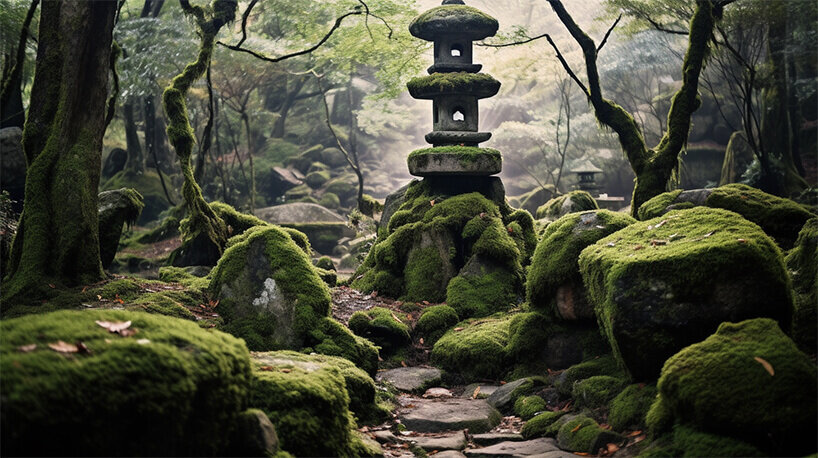
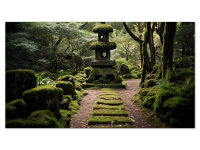
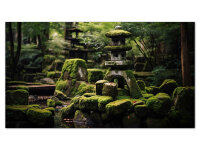
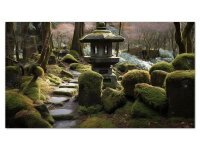
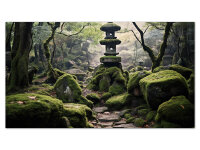










-from-the-yakiyaki-grill-pan.jpg)




